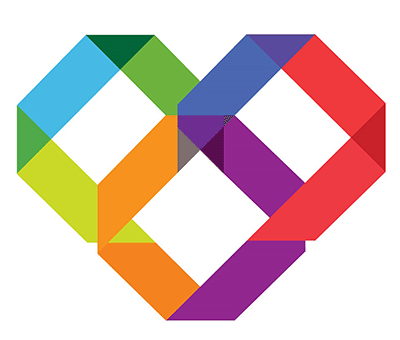Introduction
Over the past two decades, the landscape of charity culture has experienced a profound shift, marked by changing attitudes, innovative approaches, and the integration of technology. As society evolves, so does the way we engage with charitable causes. This article delves into the transformation of charity culture over the last 20 years, examining the driving factors behind these changes and the significant impact they have had on philanthropy and societal well-being.
The Changing Face of Charity Culture
From Traditional to Tech-Savvy: Two decades ago, charitable giving often relied heavily on traditional methods such as checks and cash donations. Today, the integration of technology has revolutionized the way donations are made, with online platforms and mobile apps offering convenient and secure avenues for contributing to causes.
Individual Empowerment: The last 20 years have witnessed a shift from centralized, large-scale charity campaigns to a more decentralized approach. Individual donors now have the power to support niche causes and micro-projects that resonate with their personal values, thanks to the ease of online giving platforms.
Impact Measurement: Accountability and transparency have gained prominence in modern charity culture. Donors today demand tangible proof of how their contributions are making a difference. Charitable organizations are increasingly using data and technology to demonstrate the impact of their initiatives, fostering trust and accountability.
Technological Advancements Driving Change
Digital Platforms: The proliferation of online platforms has democratized charitable giving. Donors can now explore a wide range of causes, read about the impact of their donations, and make contributions with just a few clicks. This ease of access has opened doors for people who might not have engaged in charity otherwise.
Social Media Influence: Social media has emerged as a powerful tool for raising awareness and rallying support for charitable causes. Viral campaigns, crowdfunding initiatives, and hashtag movements can rapidly gain momentum, inspiring millions to contribute and spread the word.
Blockchain and Transparency: The advent of blockchain technology has introduced an unprecedented level of transparency to charity culture. Donors can now trace their contributions throughout the entire donation process, ensuring their funds are being used as intended and minimizing concerns about misuse.
Impact on Charitable Organizations
Adaptation to New Strategies: Charitable organizations have had to adapt to the changing landscape by embracing technology and adopting innovative fundraising methods. Those that have successfully integrated digital platforms and data-driven strategies tend to attract more support and maintain relevance.
Focus on Storytelling: Donors today are drawn to compelling narratives that connect them emotionally to the cause. Charitable organizations have recognized the power of storytelling to create a deep impact and have invested in conveying their missions through vivid and relatable stories.
Collaboration and Networks: The digital era has facilitated collaboration among charitable organizations, allowing them to pool resources and expertise for larger-scale projects. Networking and partnerships have become key strategies for achieving greater impact.
Shift in Donor Behavior and Expectations
Informed Giving: With the availability of information at their fingertips, modern donors are more informed than ever before. They research organizations, evaluate impact reports, and seek transparency before making contributions.
Long-Term Engagement: Donors now seek deeper connections with the causes they support. They want to be engaged beyond monetary contributions, participating in volunteer activities, events, and advocacy efforts.
Demand for Flexibility: Traditional models of monthly or yearly donations have evolved into more flexible giving options. Donors can contribute one-time or periodically, aligning their contributions with personal financial situations.
Societal Impact of Changing Charity Culture
Increased Impact: The shift towards individual empowerment and the use of technology has resulted in more targeted, impactful giving. Charitable organizations can now reach a wider audience and execute projects that resonate with smaller, passionate groups of supporters.
Heightened Awareness: The accessibility of information and the power of social media have raised awareness about diverse issues, allowing people to support causes they might not have been aware of in the past.
Fostering a Culture of Giving: The evolution of charity culture has nurtured a culture of giving that extends beyond financial contributions. People are increasingly engaged in volunteer work, advocacy, and community-building efforts.
Challenges in the Changing Landscape
Digital Divide: While technology has facilitated many positive changes, it has also created a digital divide where certain populations lack access to online platforms and information.
Donor Fatigue: The constant exposure to charitable appeals, especially through social media, has led to donor fatigue, where individuals may become overwhelmed by the sheer volume of requests for support.
Data Privacy and Security: The collection and use of donor data raise concerns about privacy and security. Organizations must navigate the ethical use of data to build and maintain donor trust.
Conclusion
The evolution of charity culture over the past two decades reflects the broader societal shifts influenced by technology, connectivity, and changing values. From individual empowerment and the integration of technology to greater transparency and accountability, the transformation of philanthropy has been profound. As we move forward, it's crucial to recognize the potential of these changes in not only enhancing the impact of charitable giving but also in shaping a more compassionate, informed, and engaged society.



